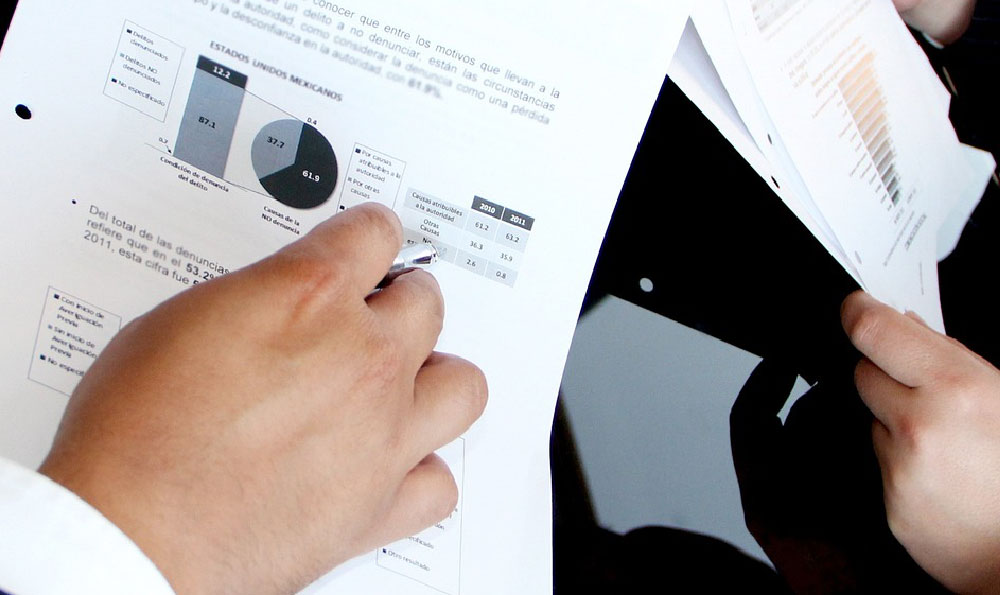The average salary for airline flight attendants varies significantly across regions, airlines, and individual circumstances. In the United States, the Bureau of Labor Statistics (BLS) reports that the median annual wage for flight attendants was approximately $61,000 as of 2023, though this figure may not fully capture the complexities of the profession due to the inclusion of bonuses, overtime, and other compensations. In contrast, flight attendants in the United Kingdom earned a median of around £26,000 annually, while in Australia, the average salary reaches approximately AUD 75,000 per year. These numbers, while informative, only represent the baseline; the reality of a flight attendant's income often depends on a combination of factors that extend beyond the base salary, such as the specific airline's financial health, the operating environment of the country, and the personal attributes of the individual.
Traveling across the globe, the salary for flight attendants in different parts of the world can fluctuate drastically. In Asia, countries like Japan and South Korea reported average salaries ranging from JPY 4.8 million to KRW 45 million annually, which are substantially higher than the figures in Southeast Asian nations such as Indonesia or the Philippines, where flight attendants earn between IDR 50 million to PHP 700,000 annually. These disparities can be attributed to the cost of living, the level of economic development, and the demand for skilled labor in the aviation industry. Moreover, in regions like the Middle East and North Africa, where many airlines operate at a global scale, salaries might be more generous, often coupled with comprehensive benefits packages, due to the high costs associated with international travel and the competitive nature of the market for aviation professionals.
The type of airline an individual works for can also influence the salary range. Major international carriers such as Emirates, Qatar Airways, and Singapore Airlines typically offer higher base salaries, along with additional incentives, to compensate for the demanding nature of their jobs. These airlines often have a more extensive network, which requires flight attendants to work longer hours and deal with the complexities of intercontinental travel. In contrast, low-cost airlines such as Ryanair, easyJet, and Southwest Airlines may provide lower base salaries, relying more heavily on benefits like travel discounts or generous sick leave to attract and retain employees. The difference in compensation strategies is likely driven by the need to maintain profitability while ensuring a competitive working environment.

Beyond the base salary, flight attendants often receive a variety of non-cash benefits that can have a considerable impact on their overall income. These include comprehensive travel benefits, which allow staff to use company aircraft for personal travel, wellness programs, and access to health care services, as well as retirement plans such as 401(k) contributions in the United States or pension schemes in other regions. Some airlines also provide housing allowances, meal subsidies, and additional time off, which can further enhance the total compensation package. These benefits are designed to compensate for the challenging nature of the job, including irregular working hours, extended time away from home, and the psychological strain of frequent travel.
Work experience and seniority also play a critical role in determining the salary of a flight attendant. New recruits typically start at a lower base salary, often around 60-70% of the average, and then receive gradual increases as they gain more experience and move up the ranks. Additionally, flight attendants with certifications in emergency medical care, leadership training, or specialized areas such as cargo handling often command higher salaries, as their expertise is valuable to the airline's operations. The ability to advance within the company, whether through promotions to senior management positions or moving into roles such as cabin crew instructors, provides further avenues for financial growth.
Lastly, the overall economic conditions and industry trends can affect the salary of flight attendants. For instance, during periods of economic growth and increased air travel demand, airlines may offer higher wages and additional benefits to attract qualified candidates. Conversely, during economic downturns or periods of reduced demand for air travel, salaries may stagnate or even decrease. The aviation industry is also subject to regulatory changes and labor market dynamics, which can impact wage structures and working conditions. These factors underscore the importance of considering a broader context when evaluating the financial feasibility of a career as a flight attendant.












